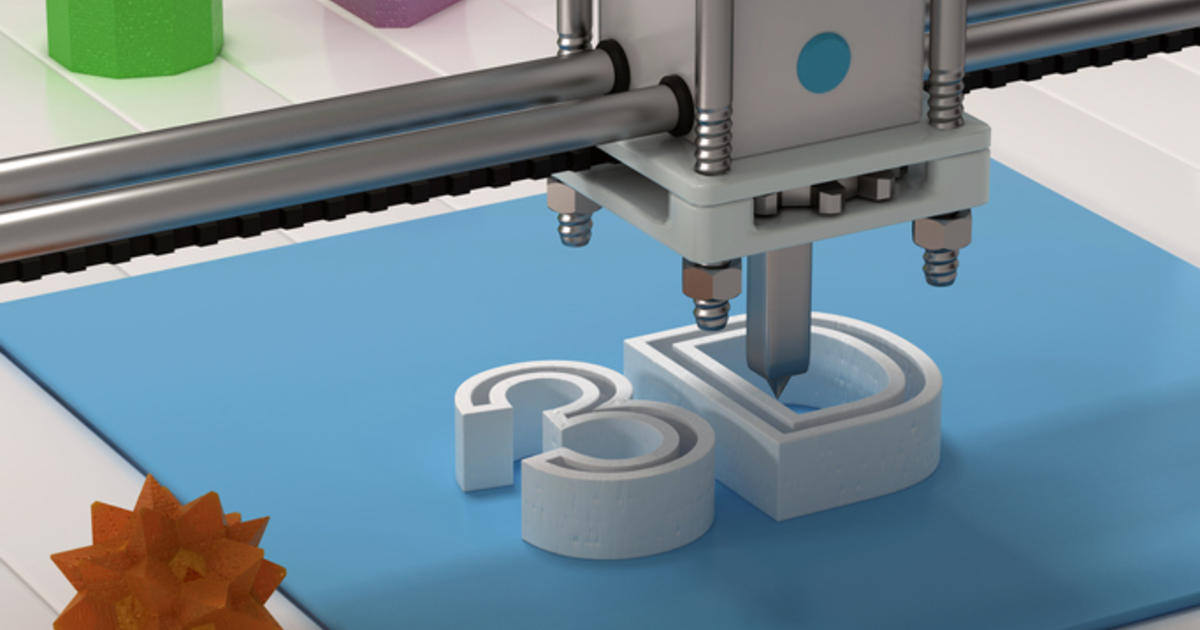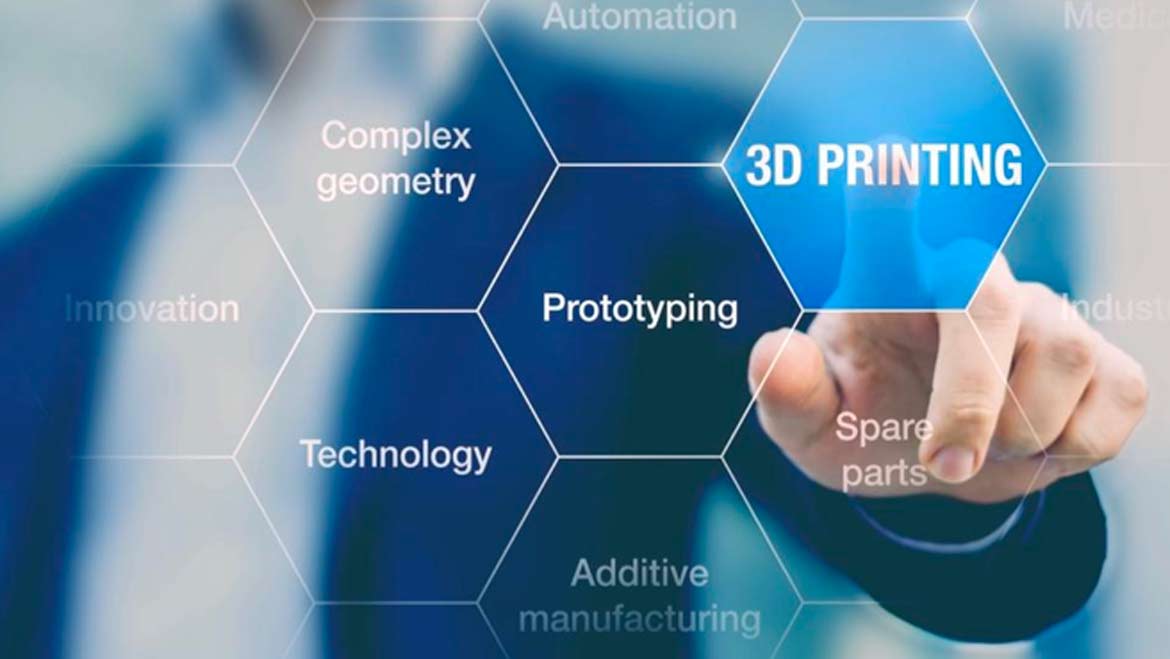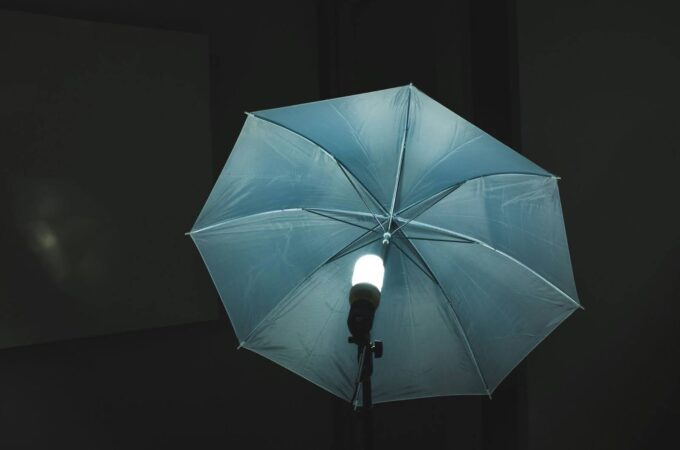
Innovations: The Present and Future of 3D Printing
3D printing emerged in the 1980s, but it is only in recent years that it has come on leaps and bounds in terms of scope, user base and affordability. The limits to what can be 3D printed are being stretched everyday, and the technology has been adopted notably by the medical sector, with 3D prototypes, practice equipment, prosthetics and much more being designed and printed. Other industries that are benefitting from the rapid design/production time and accuracy include aeronautics and car manufacturing – NASA even has facilities to 3D print parts and equipment in space. But there are many other companies out there pushing the boundaries with innovative ideas and practices, firmly establishing 3D printing as one of the most creative and exciting technologies of recent years. Let’s take a closer look at the process and application of 3D printing.
How it Works
Design
Any 3D printing project, of any size, always starts with the design phase – often the most labor-intensive part of the process. A graphic model of the item needs to be made using computer-aided design (CAD) software. Popular CAD options include TinkerCAD, Fusion360 and Sketchup, but as 3D printing becomes more widespread many alternatives are available. At the design stage, many more complex products need to be simulation tested – this is less important (and maybe unnecessary) for decorative items, but is absolutely crucial for functional products. After that, the design needs to be converted to a standard tessellation language (STL) file.
Slicing
The next stage is digital slicing – this is the breaking down of a design into layers. The 3D printer cannot understand 3D objects in the way you and I can, so it must divide it logically. This is achieved by using slicer software such as CraftWare or Astroprint, among others. 3D printing is known for its high strength with low density, and it is at this stage that the fill of each layer is determined.

Printing
Finally, the item is ready for printing, and the 3D printer takes over. It prints out the layers of the model as per the specific instructions of the slicer program. There are different types of 3D printing such as direct 3D, similar to inkjet technology, and multi-jet that provide more rapid results.
Materials
One of the things that draw people to 3D printing is the wide range of materials that can be used to create decorative and functional items. Let’s look at a few ‘traditional’ materials and some more radical ideas.
Plastics
The most widely used material for 3D printed items is plastic. This comes in an array of different types. Various filaments are available depending on the size, strength and rigidity of the item required. For example, Nylon filament is ideal for functional parts for automobiles due to its high melting temperature and strength.
Metal
The most popular types of metal are stainless steel and titanium, and metal 3D printing has many applications from functional items to decorative pieces such as rings and bracelets. Most notably, the ability to create complex parts with minimal tooling and set up has proved particularly useful for engineers and mechanics.
Ceramics
Ceramic Resin is another popular option for 3D printing, allowing designers to produce innovative collections of pots and crockery as well as purely decorative items.
Chocolate and sugar
Fused deposition modeling (FDM) has made it possible to print using food. 3D printed chocolate, where each sliced layer determines the thickness and density, is becoming a popular option, with US chocolate giant Hersheys launching their own Cocojet printer. The Chefjet Pro makes it possible to produce beautifully designed and edible decorations for cakes rendered in sugar.
Pasta
Italian pasta brand Barilla has developed a prototype – hopefully available next year – 3D printer which also utilizes FDM. This allows for rapid printing of bespoke pasta – great for Italian restaurants as well as fun at home.
Car tires
Hundreds of millions of tires are scrapped a year worldwide, making them a leading pollutant. But Emerging Objects in California is taking advantage of the low cost and high durability of old tires by turning them into 3D printable material and designing beautiful items. Let’s hope the practice can be adopted widely.
Sand and ashes
Markus Kayser’s Solar Sinter was designed to highlight sustainable practices by harnessing the power of both the sun (for power) and the sand (to print) of the Sahara desert – manufacturing beautiful items from the available material. Meanwhile, Chinese artist Zhufei can transform your dead friends and relatives into commemorative statues within 3 hours of their cremation.

Innovative uses of 3D printing
The medical and automotive industries are always mentioned in the same breath as 3D printing. But the uses are far and wide. Here are a few concepts that are pushing the envelope.
Bridges
The Netherlands now has several 3D printed bridges. The first of these was rendered in concrete, and open only to cyclists. However, due to the layering process, the bridge is extremely strong and would be able to bear the weight of several trucks. More bridges have been designed and built in the country using 3D printing, including a steel bridge in Amsterdam.
Homes
Tim Draper is spearheading efforts to create a fully functional 3D printed home. The project – called PrintHouse – follows several 3D houses that cannot be lived in permanently due to lacking infrastructure. Draper’s model contains the necessary strength for plumbing, electricity and other features.
Circuit boards
Nano Dimension is a company at the very forefront of 3D printing. They produce multi-layered circuit boards. These are of such complexity that without the technology they would take months to produce – with 3D printing they are ready in a matter of days. The company believes it can produce such small circuit boards that our smartphones will get even slimmer.
For the family
Glowforge produces an eponymous printer that can print with almost any material. What makes it different is that it is aimed at the home market, to get the whole family involved in 3D printing. It comes with designs for toys, chocolates, board game figures, and just about anything else you can think of.
3D printing has the potential to affect every industry, and almost every manufacturing application, whether commercial or craft, decorative or functional, amateur or professional. And the boundaries of this exciting technology are ever-widening.




